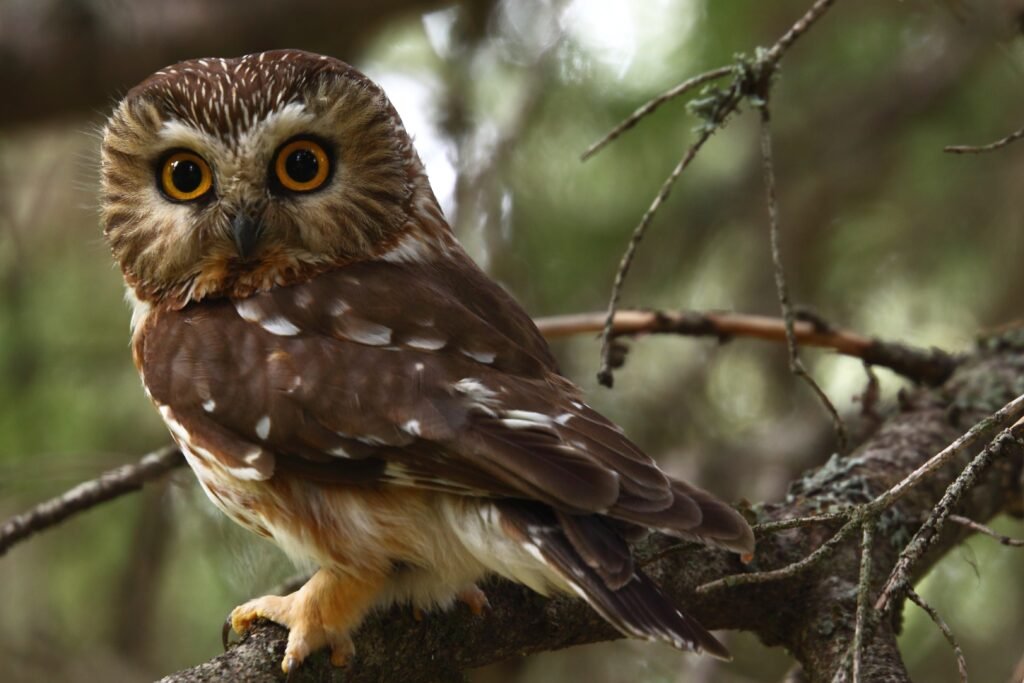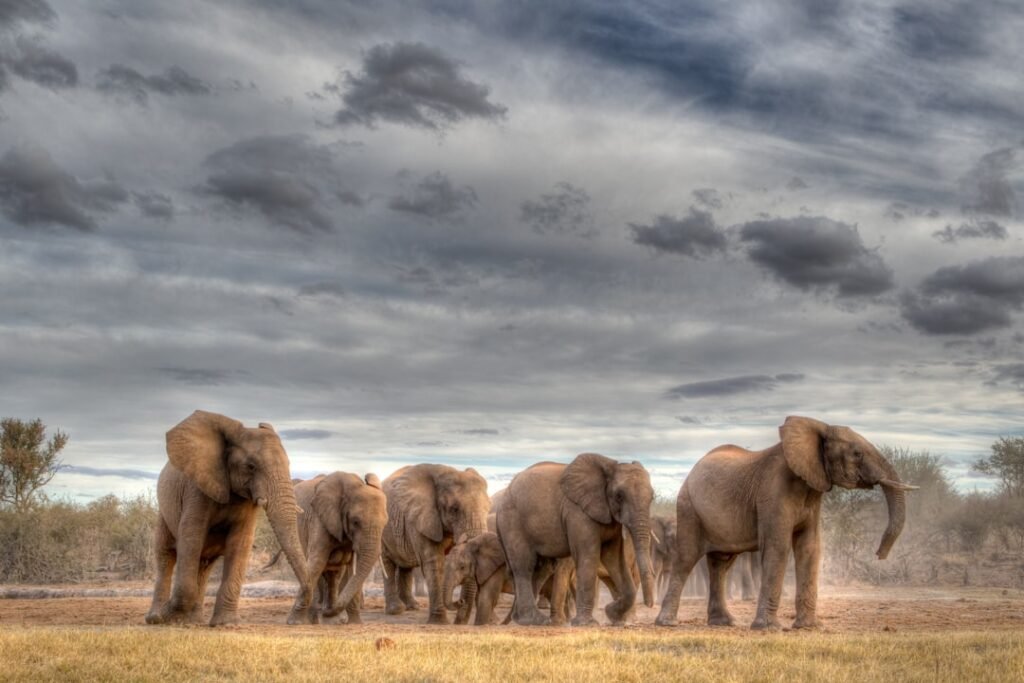Step into a New England forest on a crisp night, and you might hear a haunting call echoing through the trees. Owls—silent hunters of the dark—have long been symbols of mystery, but some of the species that roam these woods are far rarer than most people realize. From the secretive Long-eared Owl to the elusive Northern Saw-whet, these birds thrive in hidden corners where few humans venture. Their survival is tied to fragile habitats threatened by logging, development, and climate change. Yet against the odds, these rare owls continue to glide through the night skies, keeping New England’s wild spirit alive.
The Hidden Hunters of New England’s Wilderness
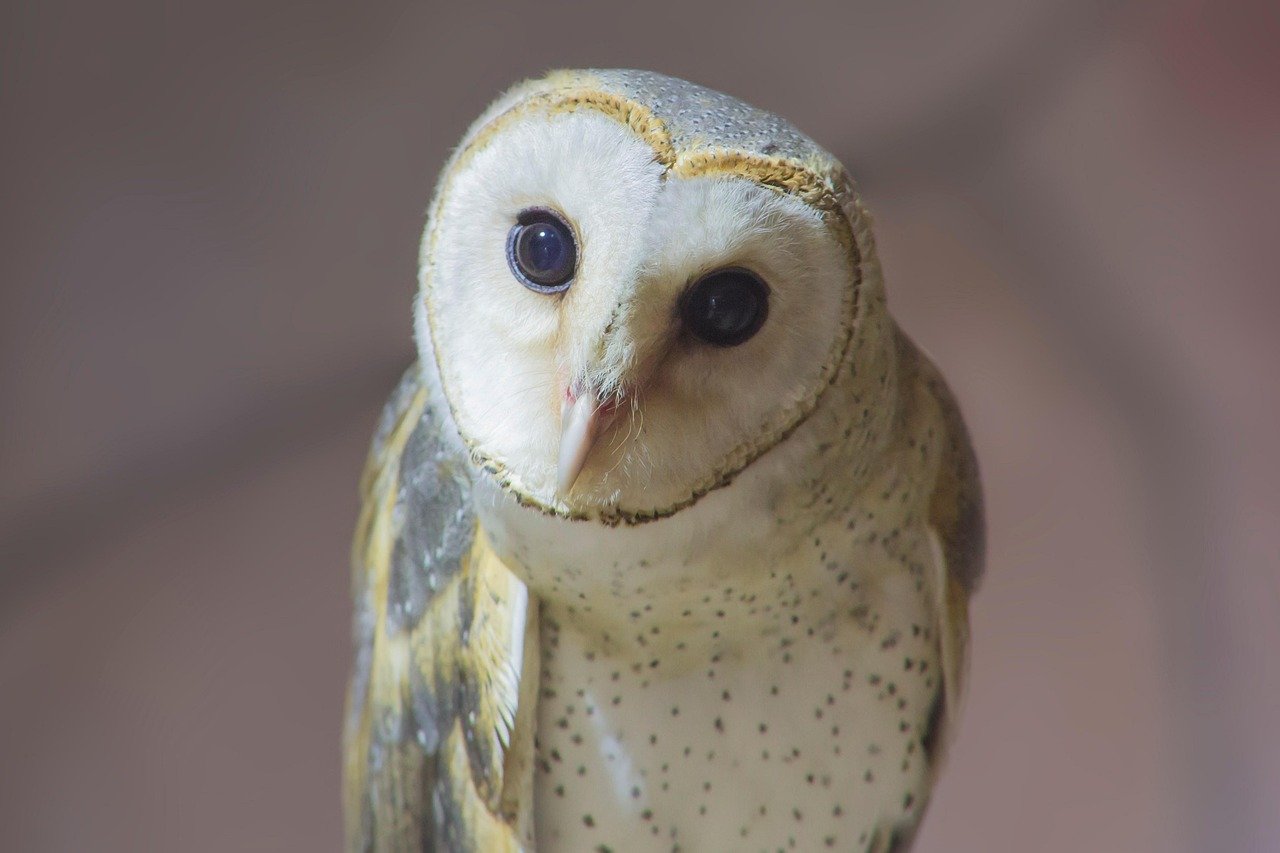
Deep within the ancient forests of New England, a secret world awakens every night. While most of us sleep peacefully in our beds, some of nature’s most extraordinary predators begin their silent hunt. These aren’t the typical woodland creatures you might expect to encounter on a daytime hike. No, these are the rare owls that have called New England home for centuries, yet remain largely invisible to human eyes.
What makes these particular owls so special isn’t just their ability to hunt in complete darkness or their hauntingly beautiful calls that echo through moonlit woods. It’s their remarkable rarity and the fact that many New Englanders will never see one in their lifetime. Some visit from the far north only during the harshest winters, while others live right under our noses yet remain completely hidden from view.
The Great Gray Ghost of the Northern Forests
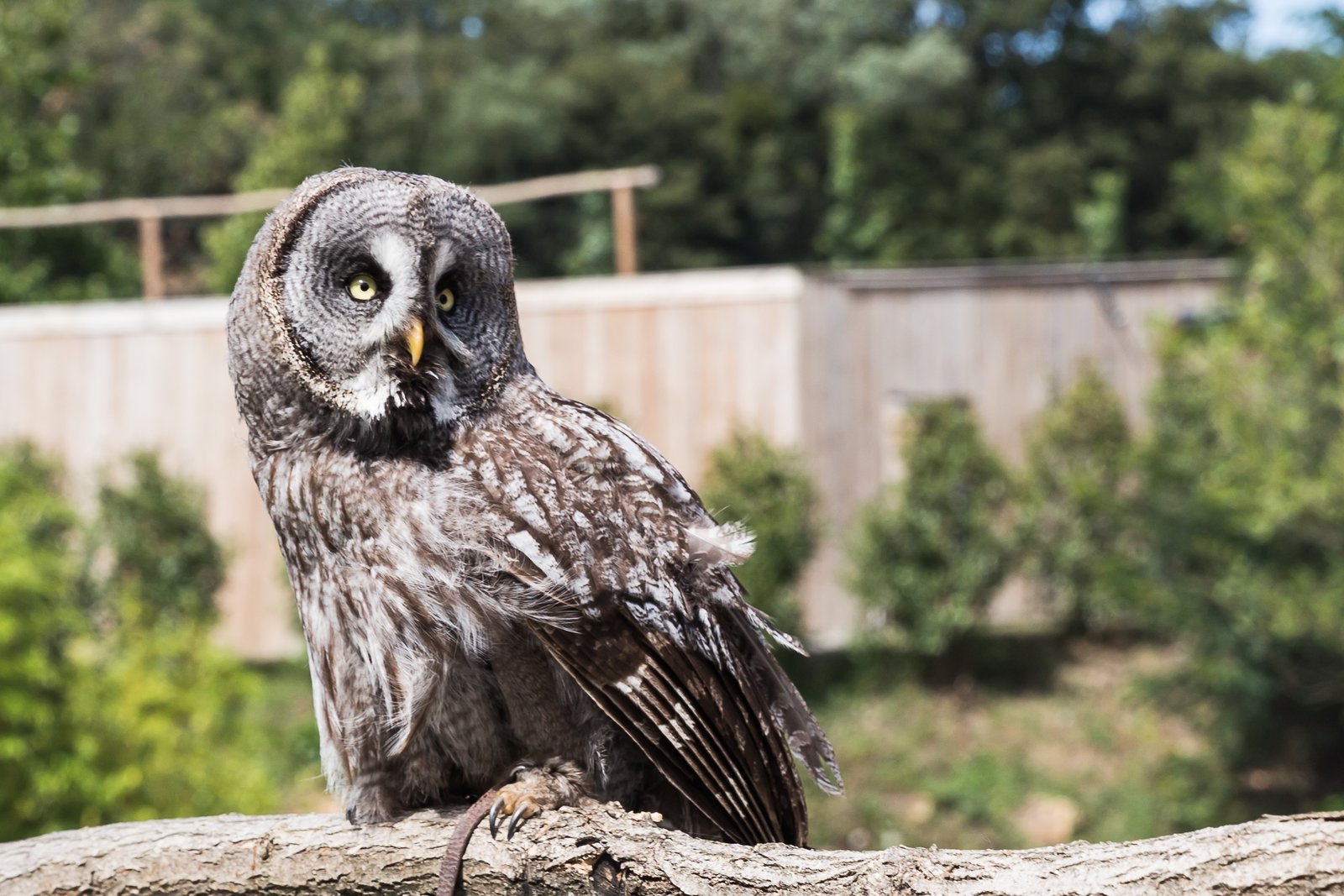
Great gray owls, the largest birds in the owl family, are rarely seen, if at all, in New England. Standing over two feet tall with a wingspan reaching five feet across, these magnificent birds are true celebrities in the birding world. When one appears in New England, it’s like spotting a legendary creature from folklore.
This is one of those rare years when several of them have wandered south from their normal habitat in the northern boreal forests of Canada and Alaska to southern Canada and the northern U.S. in search of food. Those winters when prey is scarce, they move further south. Their hunting technique is absolutely mesmerizing. A great gray owl usually hunts at night, dusk, and dawn by flying low over open areas, listening and watching from a perch, and swooping down when it locates prey. They locate rodents by sound and can plunge into snow up to a foot deep to catch them. Imagine watching this massive bird disappear completely into a snowbank, only to emerge moments later with a struggling vole in its talons.
The Elusive Northern Hawk Owl Phenomenon
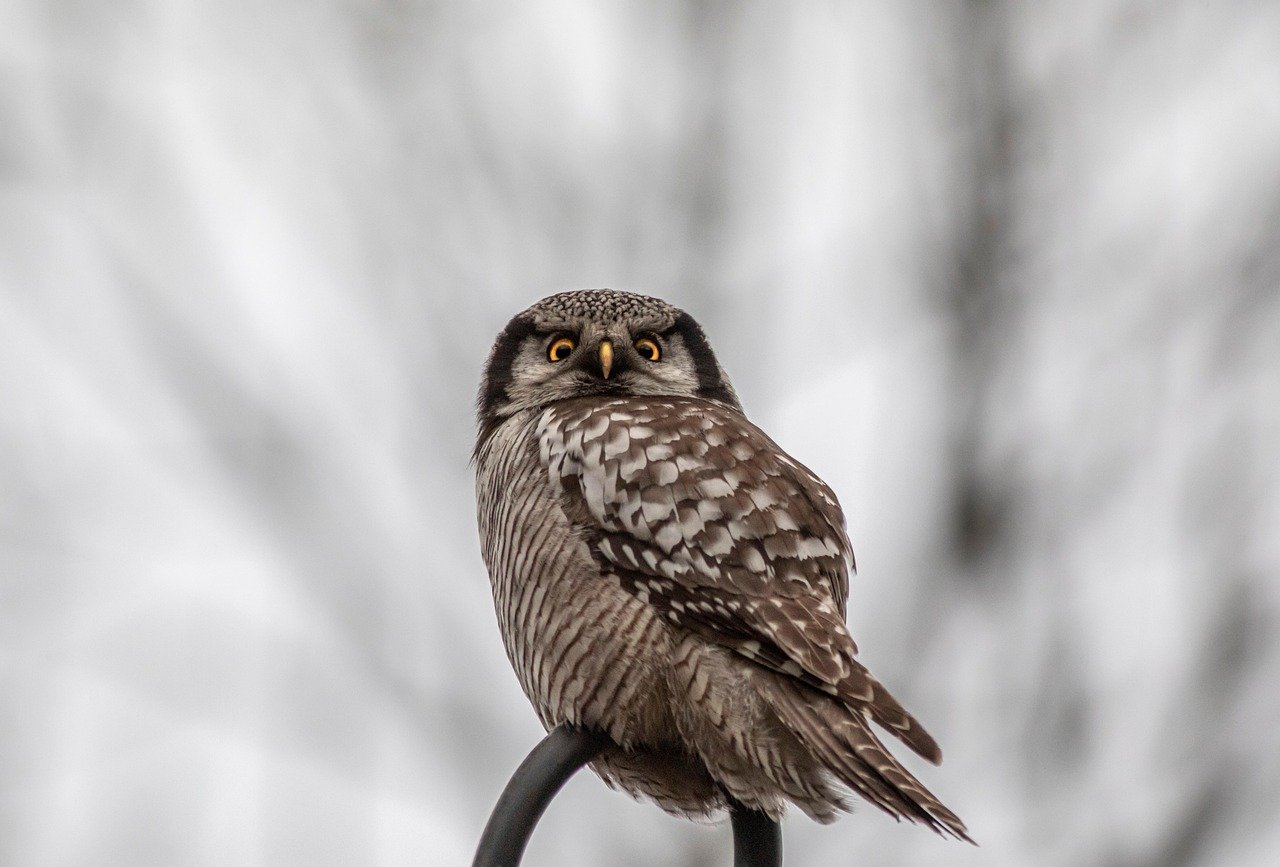
Hawk owls themselves aren’t rare, but their visits to New England are. In Massachusetts, for example, we’ve actually seen more wild, living (not plastic) flamingos than hawk owls. That comparison really puts their rarity into perspective, doesn’t it? These remarkable birds look more like hawks than traditional owls, with their long tails and smaller, rounded heads.
To help them locate prey, hawk owls have outstanding vision and excellent hearing. A hawk owl can easily spot prey a half-mile away. I keep binoculars by the window so I can see the birds on the feeders in my backyard, yet these owls can see a vole in another part of town. When winter comes and snow covers the ground, you might think it would be impossible for the birds to find food, but hawk owls’ sensitive ears allow them to hear, locate and capture voles and mice hiding a foot beneath the snow.
The Mysterious Short-eared Owl Migration

In the mid-1980s an estimated 20-25 pairs nested annually on the offshore islands of Massachusetts, but the most recent documented nesting pair was on Tuckernuck Island in 2010. There is some evidence they attempted to breed at the same site in 2014. This dramatic decline tells a story of habitat loss and changing ecosystems that affects many New England species.
It is an open country species and the only owl in Massachusetts that nests and roosts on the ground, hovers in flight, and frequently hunts during the day. The short-eared owl requires large, undeveloped expanses of coastal sandplain grassland and maritime heathland for breeding and nesting. Picture this unusual owl hovering like a moth over grasslands in broad daylight, its long wings beating slowly as it searches for prey below. The Short-eared owl is one of the most widespread owl species, but it is also one of the fastest-declining and is already listed as Endangered in New York state.
Northern Saw-whet Owls: The Forest’s Tiny Giants
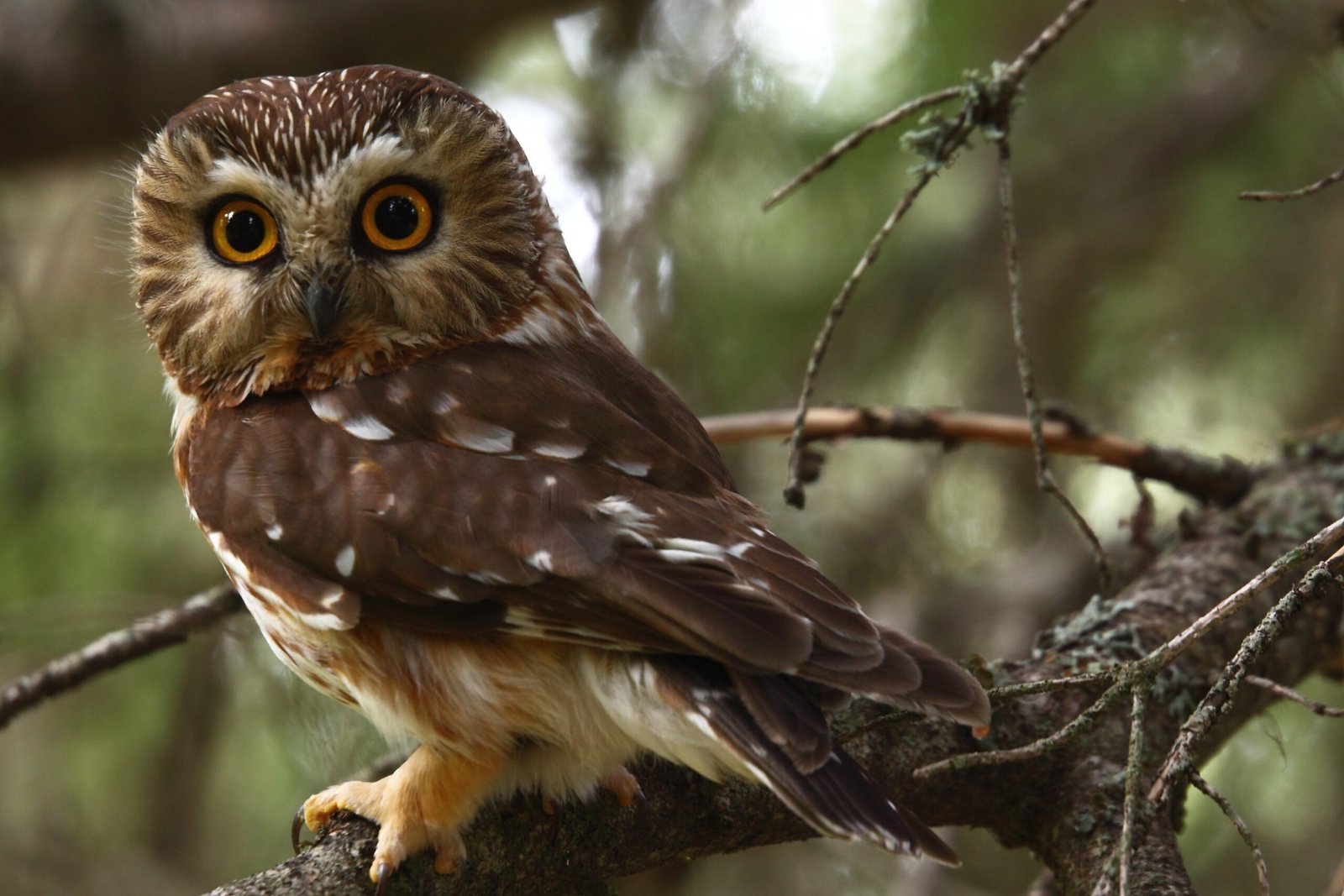
A tiny owl with a catlike face, oversized head, and bright yellow eyes, the Northern Saw-whet Owl is practically bursting with attitude. Where mice and other small mammals are concerned this fierce, silent owl is anything but cute. Measuring 8 inches long and weighing about 2-5 ounces, northern saw-whet owls breed at upper latitudes (southern Canada and northern U.S.) and high elevations (e.g., the Appalachians).
One of the most common owls in forests across northern North America (and across the U.S. in winter), saw-whets are highly nocturnal and seldom seen. Their high-pitched too-too-too call is a common evening sound in evergreen mountain forests from January through May. Their migration patterns have baffled scientists for decades. If we think of migration behavior on a continuum, saw-whet owls fall somewhere in the middle. They don’t seem to have consistent migration routes, and they may be “partial” rather than “complete” migrants, with adult females and young birds following food resources south and males staying farther north.
The Secretive Boreal Owl of Deep Forest

Others, like the Boreal Owl (above) are rare visitors. These chocolate-brown owls are perhaps the most mysterious of all New England’s rare owls. Living primarily in the vast boreal forests of Canada and Alaska, they occasionally wander south during harsh winters when food becomes scarce in their northern territories.
Boreal owls prefer the densest, most remote coniferous forests where human presence is virtually nonexistent. They’re strictly nocturnal hunters, making them incredibly difficult to spot even when they are present. Their diet consists almost exclusively of voles and mice, which they catch with remarkable precision in complete darkness. Finding a boreal owl in New England is like discovering a hidden treasure – it happens so rarely that each sighting becomes legendary among local birders.
Long-eared Owls: Masters of Camouflage

Long-eared Owls and Short-eared Owls often begin hunting just before sundown, and they can be seen coursing low over meadows in search of prey. But finding them during the day requires incredible patience and sharp eyes. These medium-sized owls are masters of disguise, pressing their bodies tight against tree trunks and freezing motionless when danger approaches.
This seldom-seen owl prefers conifer forests and dense thickets. Few sightings have been recorded in the state in the last two decades. Their remarkable ear tufts can be raised or lowered depending on their mood, and they have an almost supernatural ability to blend into their surroundings. When roosting, they stretch their bodies tall and narrow, making them look exactly like a broken branch. Their hunting style is equally impressive – they fly low over open areas with deliberate, moth-like wingbeats, listening for the slightest rustle of prey in the grass below.
Eastern Screech Owls: The Urban Adaptors
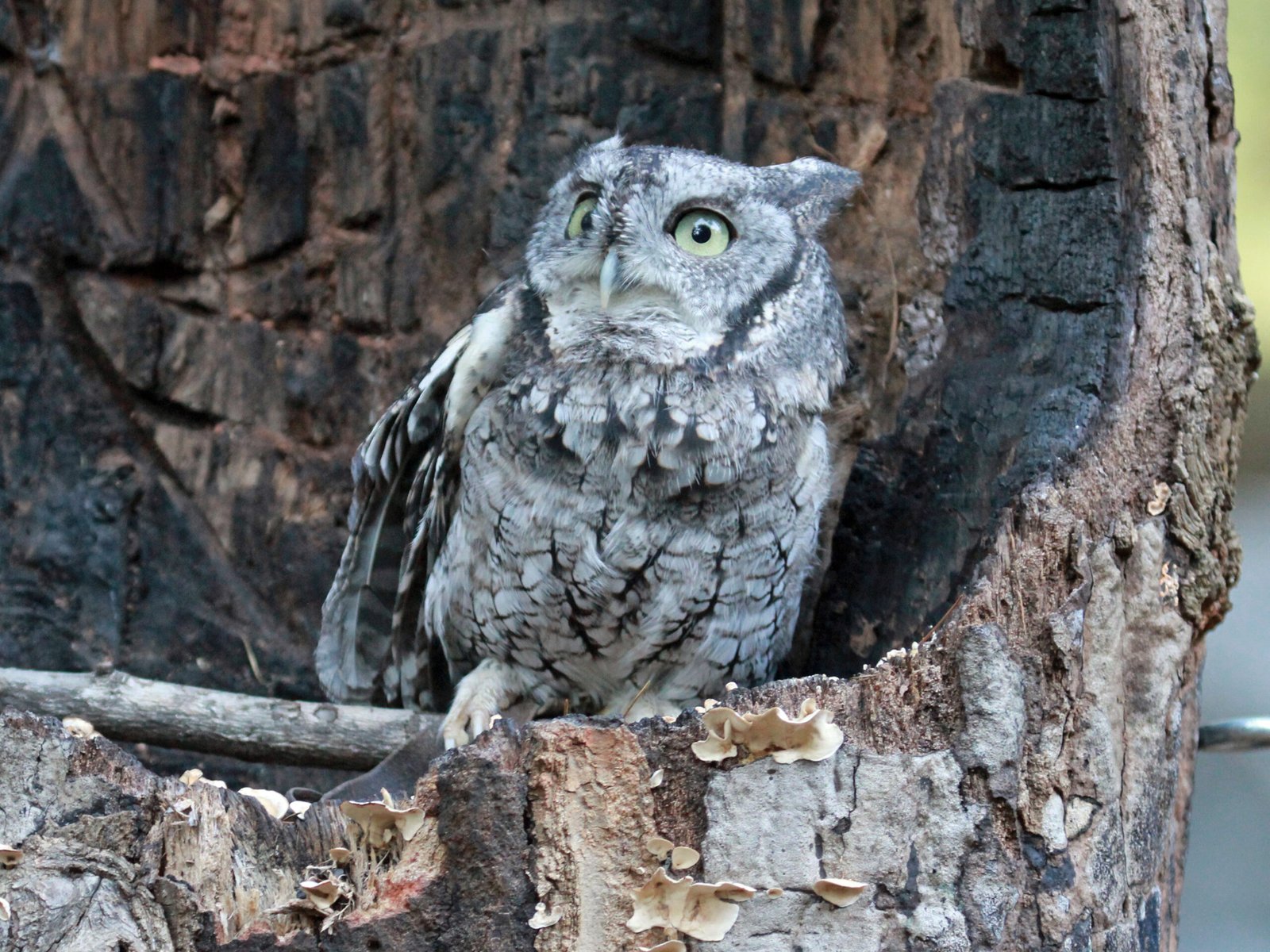
This owl is more common from the Connecticut River east, as it prefers deciduous forests. They call in late winter and early spring. Among the smallest in the eastern US at 7-8 inches long. They’re not often seen (or heard) in the wild but there is an active population. What makes screech owls particularly fascinating is their ability to thrive in suburban environments where other owl species struggle.
This robin-sized nightbird is common over much of the east, including in city parks and shady suburbs, where many human residents are unaware they have an owl for a neighbor. They come in two distinct color phases – gray and rusty red – which has nothing to do with age, sex, or geography. It’s simply individual variation, like having brown eyes versus blue eyes in humans. Despite the name, screech-owls do not screech; the voice of this species features whinnies and soft trills.
The Barred Owl Expansion
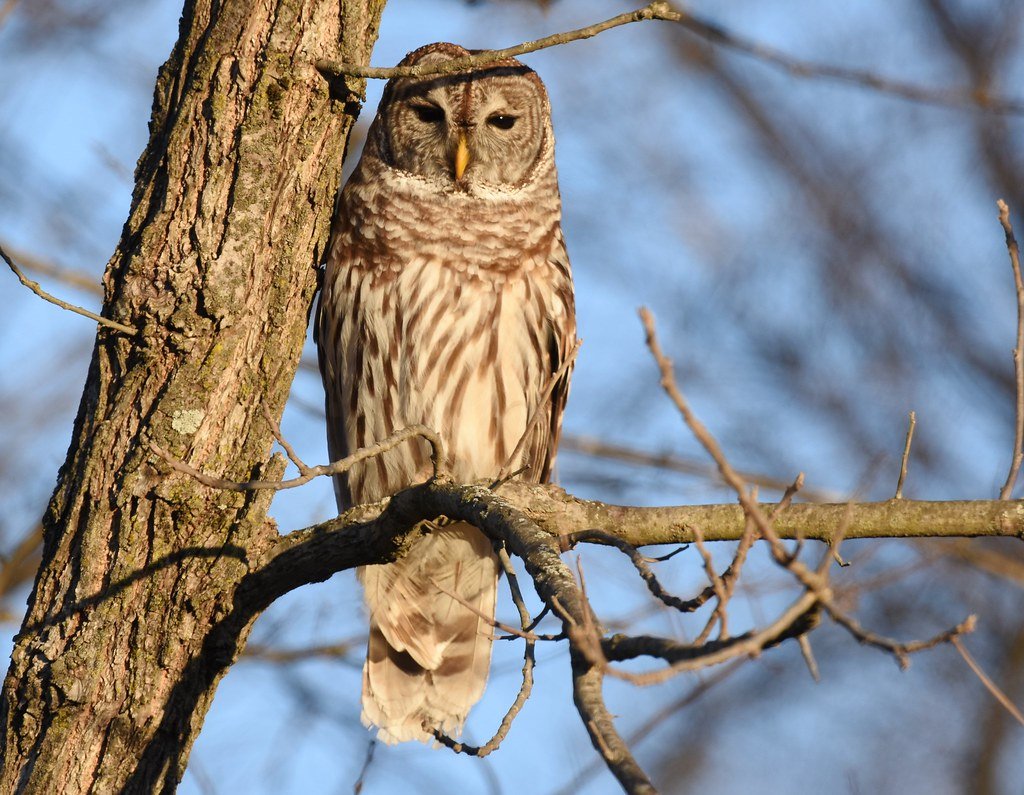
Along the Atlantic coast area from New England to New Jersey, barred owls are often found in mixed swamps areas with cedars, seldom wandering to adjacent wetlands or farmland. While barred owls might not be considered rare in the traditional sense, their hunting behaviors and habitat preferences make them uniquely important to New England’s forest ecosystems.
Daytime hunting has been reported several times, although peak hunting time is typically shortly after sunset. Cases of snow-plunging have been verified for barred owls, allowing them to capture prey like voles in subnivean zones that they use as hidden snow tunnels during winter, a hunting method once thought particular to great grey owls. Their famous hooting call – “Who cooks for you? Who cooks for you-all?” – has become one of the most recognizable sounds in New England forests. But there’s something almost magical about hearing it echo through misty swamplands at dawn.
Winter Visitors: The Snowy Owl Irruptions
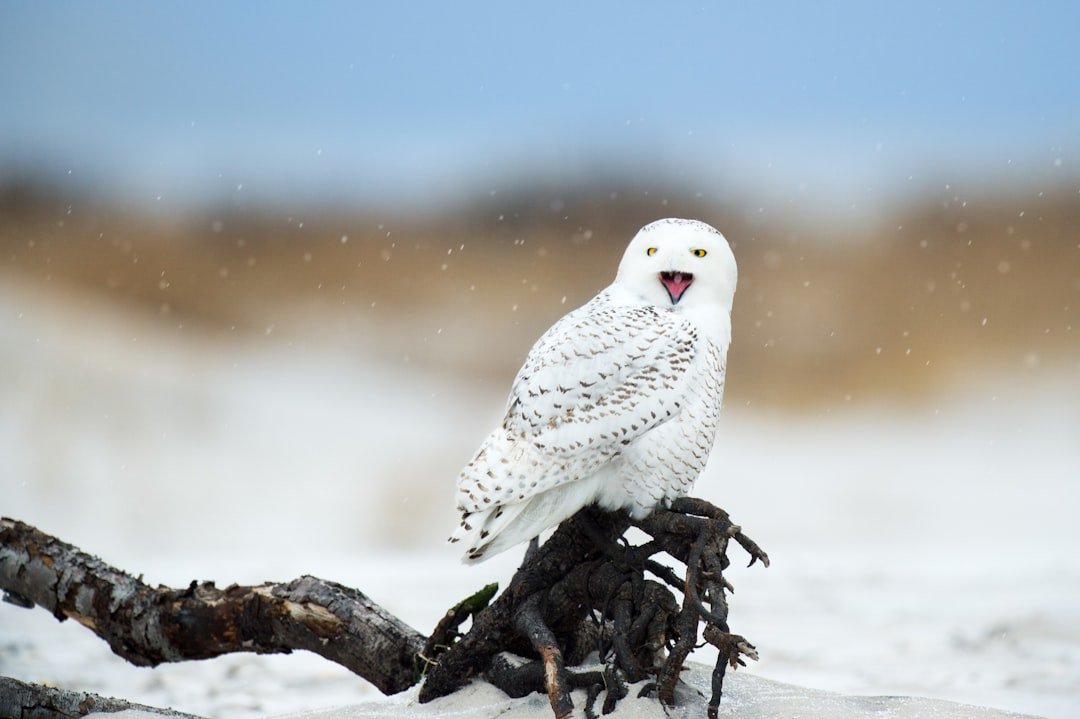
Every few years, New England experiences what birders call a “snowy owl irruption” – when these magnificent Arctic hunters move south in large numbers. These aren’t regular migrations like songbirds follow, but rather desperate searches for food when their primary prey, lemmings, crash in population cycles across the tundra.
Most of these visiting birds are young, with poor hunting skills. I know that at least four of the Cape’s Snowy Owls have died, probably of starvation. Unlike other owls that hunt in forests, snowy owls prefer wide-open spaces – beaches, airports, large fields, and marshlands. They’re completely adapted to treeless environments, which makes New England’s coastal areas perfect temporary hunting grounds. Watching a snowy owl hunt is like witnessing a white phantom glide silently across winter landscapes, its yellow eyes scanning for unwary prey.
The Future of New England’s Rare Owls
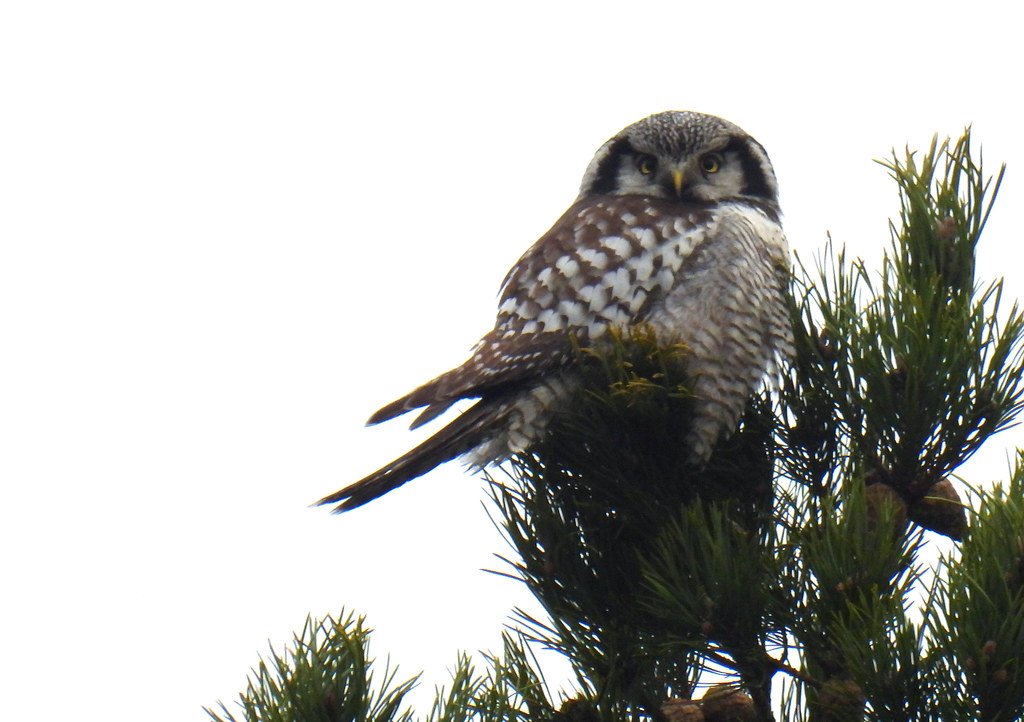
Threats like habitat loss, pesticides, and vehicle collisions have already sent a third of all owl species in the United States into decline. The Northern Spotted Owl (a subspecies of the Spotted Owl) has been protected by the Endangered Species Act since 1990, and six additional owl species have been placed on Partners in Flight’s Yellow Watch List, indicating the need for conservation action.
Climate change poses perhaps the greatest long-term threat to these remarkable birds. As temperatures rise, the delicate balance of prey populations shifts, and the boreal forests that many species depend on are moving northward. Yet there’s reason for hope. All in all, saw-whet owls may be among the “flexibility champs” of migrants. Their adaptability gives me hope for this species as shifting temperature and precipitation patterns disrupt the delicate synchronies between migrating birds and resources they need to survive.
Conclusion
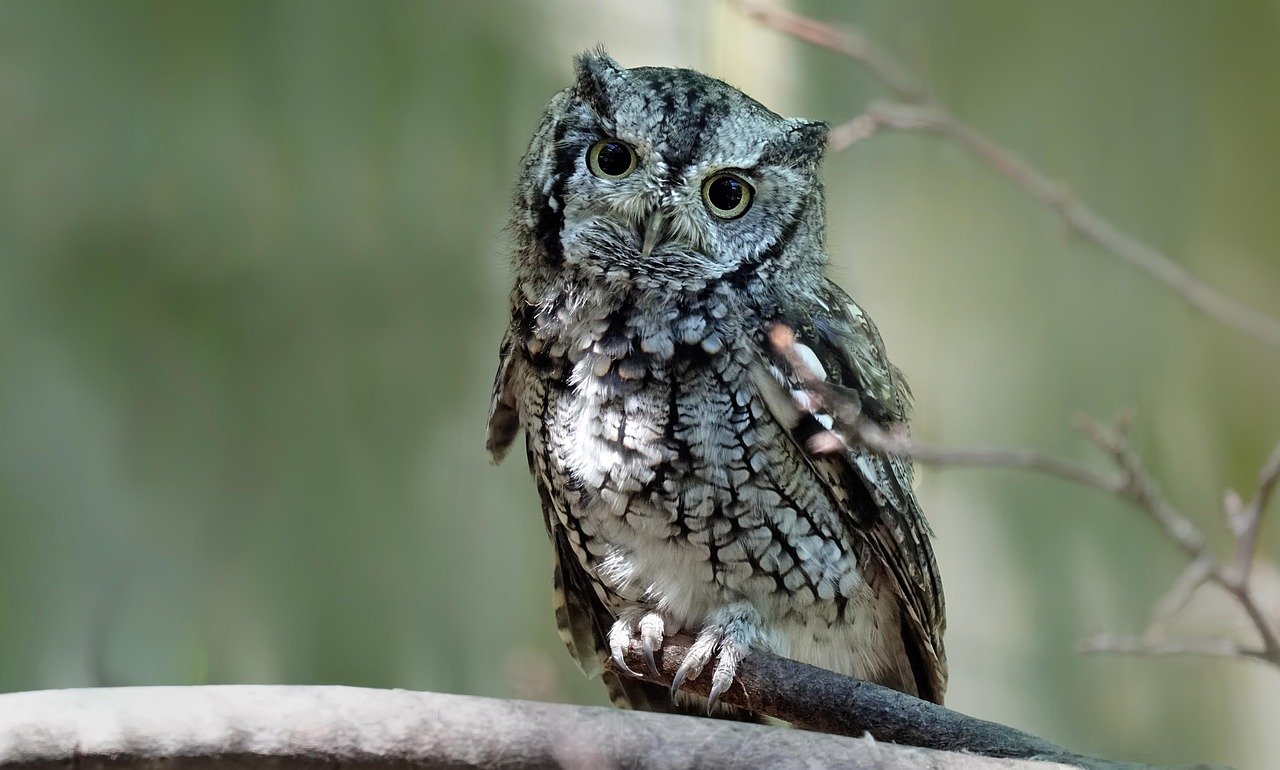
New England’s rare owls represent some of nature’s most perfectly adapted predators, each species filling a unique niche in our forest ecosystems. From the massive great grays that occasionally drift down from the Arctic to the tiny saw-whets that migrate through our backyards unseen, these birds remind us that wilderness still exists in our increasingly developed landscape. The next time you’re walking through a New England forest at dusk and hear an unfamiliar call echoing through the trees, pause and listen carefully. You just might be experiencing one of nature’s most elusive and extraordinary creatures beginning its nightly hunt.
What secrets do you think still hide in the shadows of our ancient forests, waiting to be discovered by those patient enough to look and listen?

Hi, I’m Andrew, and I come from India. Experienced content specialist with a passion for writing. My forte includes health and wellness, Travel, Animals, and Nature. A nature nomad, I am obsessed with mountains and love high-altitude trekking. I have been on several Himalayan treks in India including the Everest Base Camp in Nepal, a profound experience.

